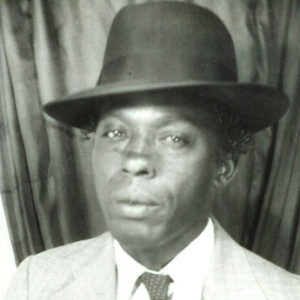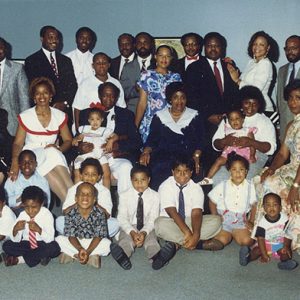Race and Ethnicity: African American - Starting with K
Karlmark, Gloria Cecelia Ray
 James Kearney
James Kearney
Kearney, James and Ethel
 Kearney Family
Kearney Family
 James and Ethel Kearney
James and Ethel Kearney
 Ethel Kearney
Ethel Kearney
Kearney, Janis
 Chester W. Keatts
Chester W. Keatts
Kees, Willie (Lynching of)
Kendrick, Eddie Lee
 Eddie Lee Kendrick
Eddie Lee Kendrick
 Tonya Kendrix
Tonya Kendrix
Kennedy, Cortez
 Cortez Kennedy
Cortez Kennedy
 Cortez Kennedy
Cortez Kennedy
Key, Lee (Lynching of)
 Albert King
Albert King
 Albert King
Albert King
King, Albert
aka: Albert Nelson
King, Frank (Lynching of)
 Rev. J. H. King
Rev. J. H. King
Kirkendall, Mose (Lynching of)
Kitts, James (Execution of)
KOKY
 KOKY Panel Discussion
KOKY Panel Discussion
 Sam Kountz
Sam Kountz
 Samuel Kountz
Samuel Kountz




